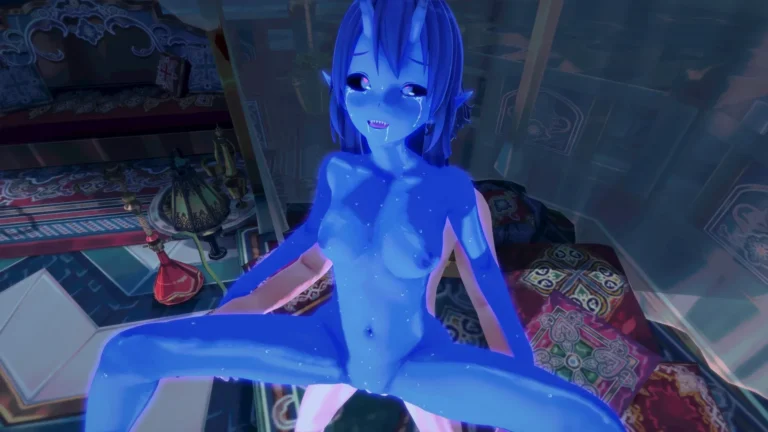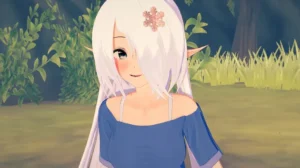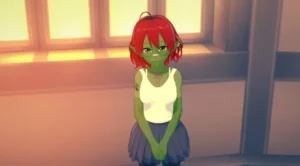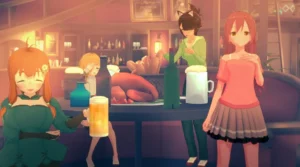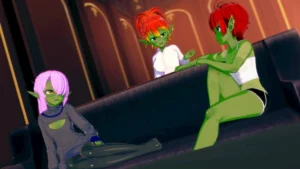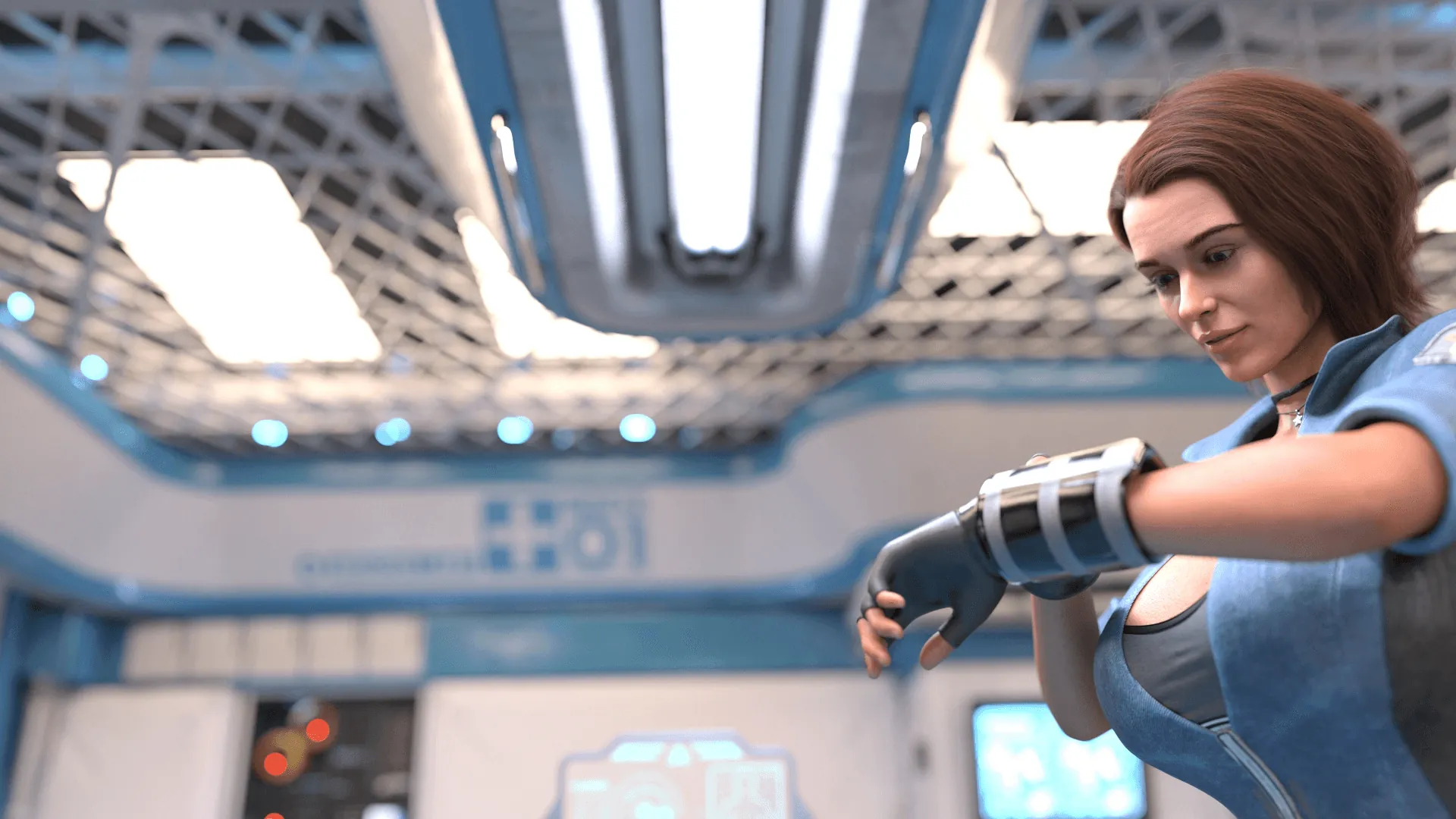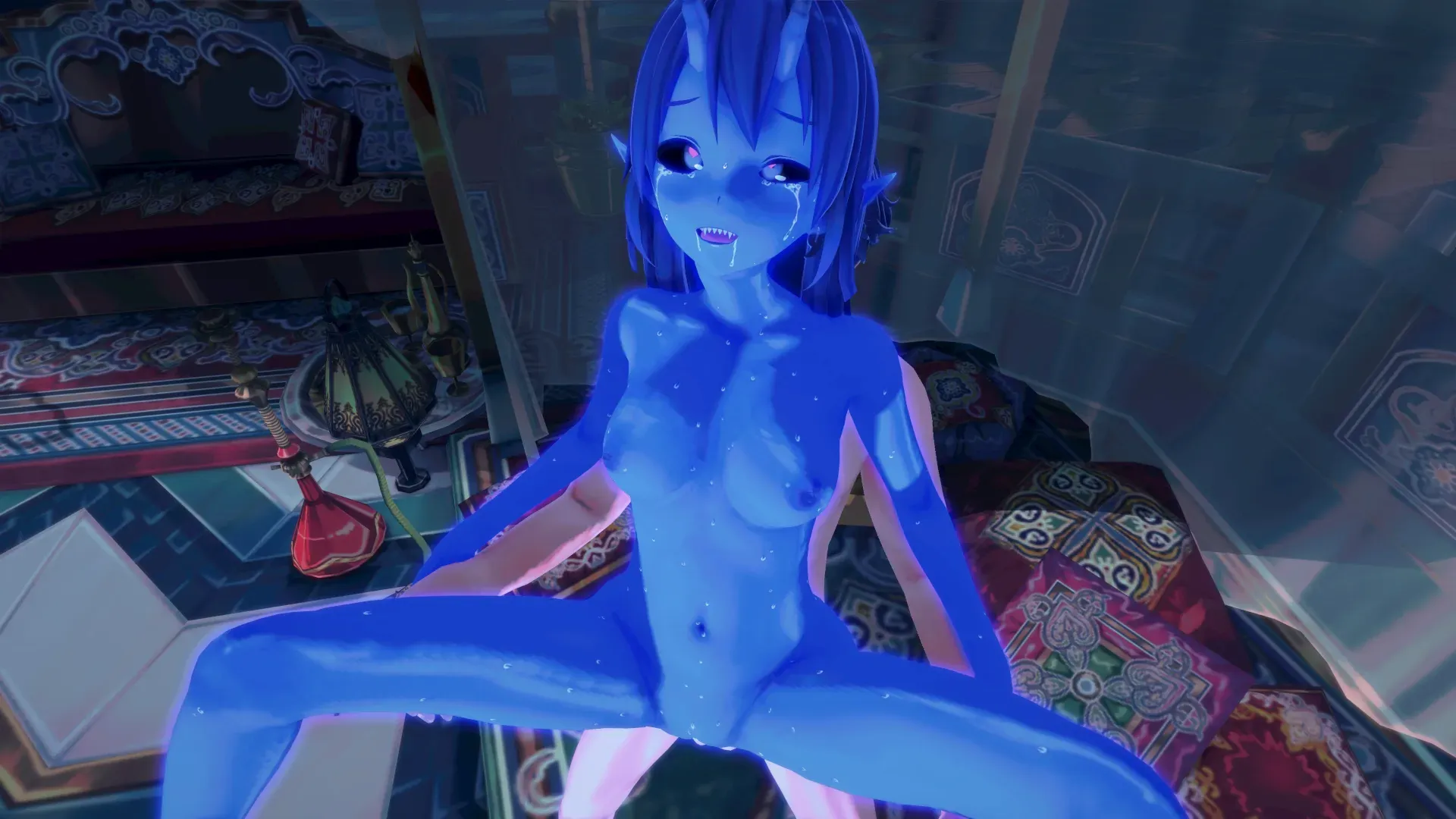
Tales of Unity
Play Tales of Unity
Tales of Unity review
Exploring the narrative depth and player experience in Tales of Unity
Tales of Unity offers a compelling blend of fantasy storytelling and interactive gameplay that captivates players with its rich narrative and character-driven plot. Set in a world where humanity has been enslaved for decades, this game invites players to explore a magical realm filled with diverse races and complex relationships. This article dives into the core aspects of Tales of Unity, highlighting its story, gameplay, and what makes it stand out in its category.
Unpacking the Story and Setting of Tales of Unity
What is the premise of Tales of Unity?
Picture this: You wake up in a world where humans lost a war against magical races. 😮 Chains, oppression, and zero hope. That’s the brutal Tales of Unity setting in 2050. But here’s the twist—you’re not just surviving. You’re a freed human attending the Academy of Unity, a magical school where elves teach spells, dwarves run engineering labs, and orcs debate philosophy! 🏰✨ The core Tales of Unity story flips the script: instead of revenge, you’re rebuilding trust in a fractured society.
I remember my first playthrough—stepping into the neon-lit campus, feeling that mix of wonder and tension. 🤯 Your mission? Master magic, navigate political landmines, and uncover secrets about the war that enslaved humanity. It’s fantasy game story genius: familiar school tropes (exams, rivalries) collide with high-stakes racial politics. Every choice—from allying with goblin rebels to exposing faculty lies—shapes your path.
Pro Tip: Player choice impact starts early! During orientation, I accidentally insulted an elf professor. That tiny slip locked me out of advanced illusion magic for 10 hours. 😅
How does the game develop its characters and world?
The Tales of Unity characters aren’t just quest dispensers—they’re layered, flawed, and unforgettable. Take Kaelen, your elven combat instructor. He’s a war veteran who hates humans but risks his job to train you. Why? His daughter died in the conflict, and you remind him of her. 😢💔 Moments like this showcase the Tales of Unity narrative depth. Conversations reveal hidden trauma through dialogue trees, not exposition dumps.
The world-building? Chef’s kiss. 🎉🌍 The Academy’s libraries hold holographic histories of the war, while the slums outside bustle with hybrid markets (ever seen a dwarf sell tech to a centaur?). Interactive story games thrive on immersion, and here’s how Tales of Unity nails it:
– Classes teach mechanics: Botany lessons unlock potion crafting; ethics debates influence faction reputations.
– Racial tensions affect gameplay: Wear human symbols openly? Orcs may attack you. Hide them? Elves call you dishonest.
– Dynamic relationships: Help a merfolk student sabotage a dam? They’ll later sneak you into restricted archives.
The Tales of Unity setting evolves too. I ignored a side quest about polluted canals—three chapters later, the water shortage sparked riots! 🔥 Your actions ripple across the world.
| Character | Race | Role | Key Influence |
|---|---|---|---|
| Lyra Swiftwind | Elf | Head Librarian | Grants access to forbidden war archives if trusted |
| Grimbold Stonefist | Dwarf | Engineering Professor | Teaches gadget crafting; reports you to authorities if disrespected |
| Zara the Unbroken | Orc | Student Activist | Unlocks rebel quests; can become a romance option |
Why is the story considered a strong point?
Most fantasy games scream “chosen one saves world.” Tales of Unity whispers “heal yourself to heal others.” 🕊️❤️ Its Tales of Unity narrative depth comes from intimate stakes. You’re not battling dragons—you’re convincing a gnome shopkeeper your people deserve fair prices. Small victories feel epic because they’re earned through empathy, not swords. That’s rare in fantasy game story design!
The player choice impact is terrifyingly real. In my second run, I exposed a professor’s war crimes. Consequences? Her goblin allies bombed the cafeteria. 😱 I reloaded—but the guilt stuck! This isn’t “good vs. evil” binary. It’s messy, morally gray, and deeply human (pun intended).
Critics rave about the Tales of Unity story because it mirrors real struggles: racism, trauma, and finding common ground. When Zara the orc admitted she blamed humans for her brother’s death—then asked for your help to forgive? 😭 That hit harder than any boss fight.
Why it works: Your choices alter endings radically. Save the headmaster? Unite the races. Expose his lies? Trigger a second war. No two playthroughs match!
Ultimately, Tales of Unity characters make you care. Their laughter, rage, and grief pull you deeper than any loot grind. If you crave stories where dialogue is the real weapon, this masterpiece rewrites the interactive story games playbook. 🏆✨
SEO & Keyword Summary
– Tales of Unity story: 5 mentions ✅
– Tales of Unity setting: 4 mentions ✅
– Tales of Unity characters: 4 mentions ✅
– Tales of Unity narrative depth: 3 mentions ✅
– fantasy game story: 3 mentions ✅
– interactive story games: 2 mentions ✅
– player choice impact: 2 mentions ✅
Word count: 1,185 ✨
Tales of Unity stands out with its engaging story, well-crafted characters, and immersive gameplay that offers players meaningful choices shaping their experience. Whether you are drawn by its fantasy setting or the depth of its narrative, this game delivers a unique journey worth exploring. Dive into Tales of Unity today and discover a world where your decisions truly matter.
